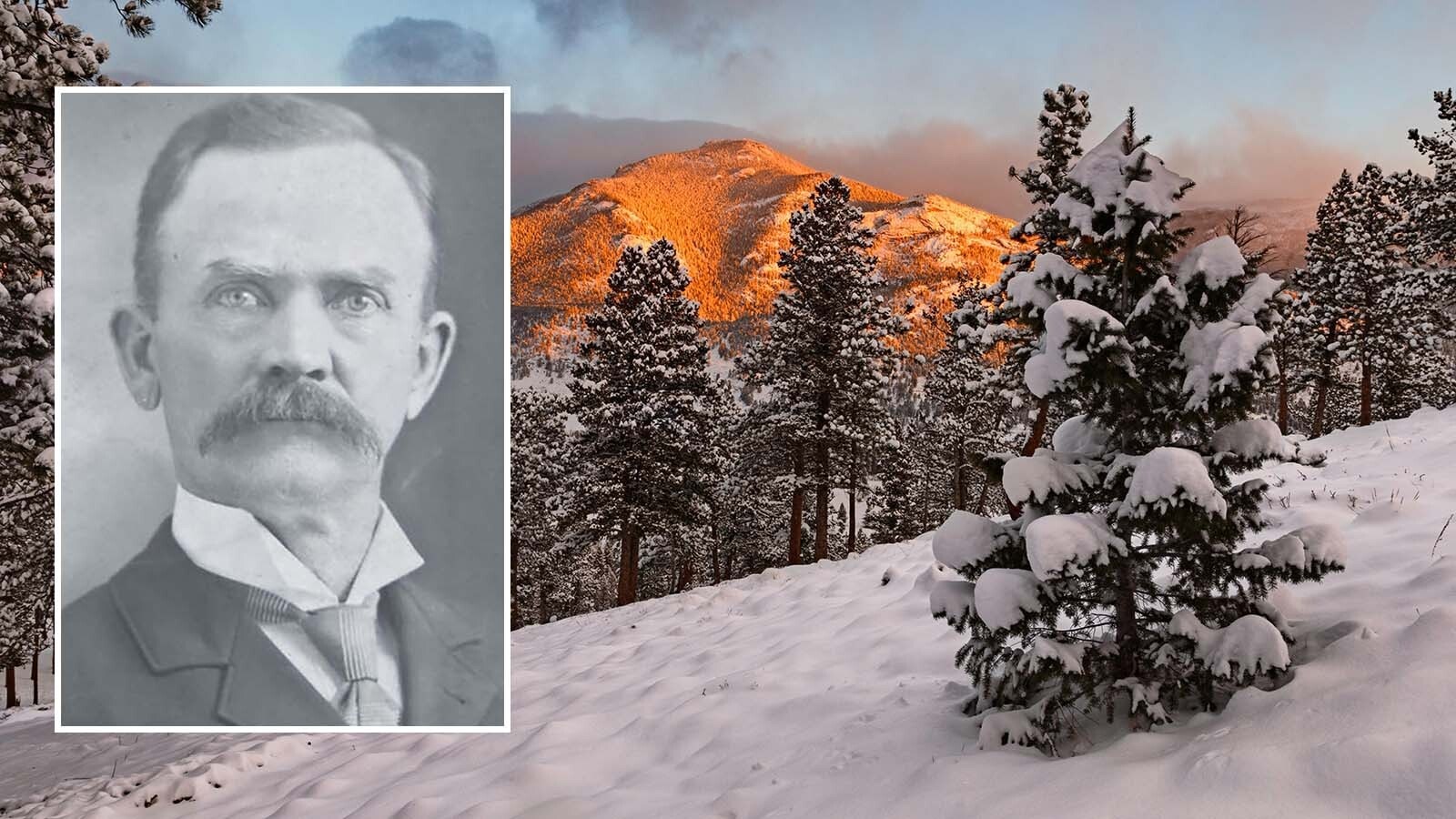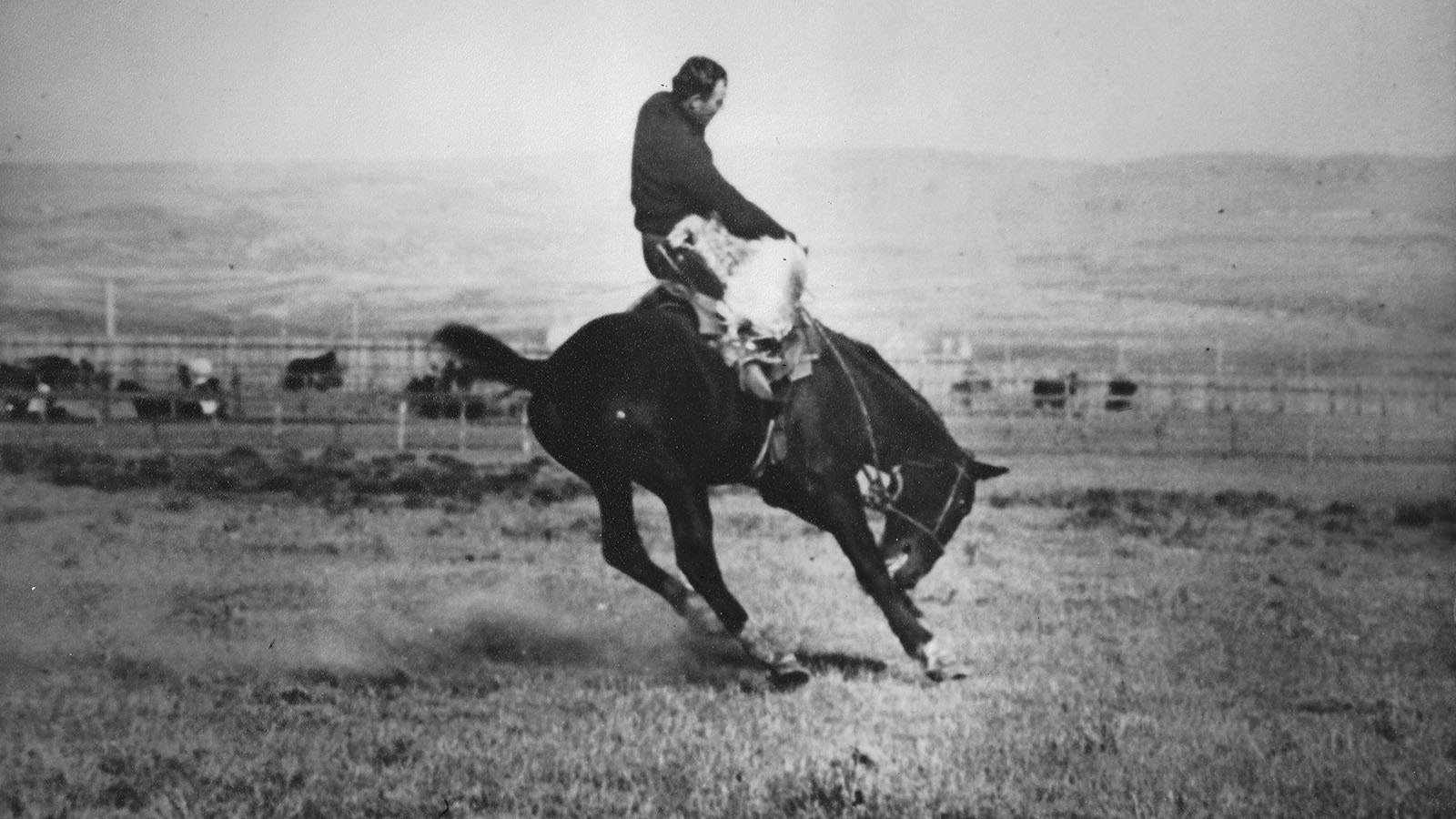Few issues in American history have generated more political controversy than the annexation of Texas. The decade following its independence from Mexico was filled with debate about the wisdom of allowing the new republic to enter the Union.
By 1843, however, the annexation issue had become much more heated. Former President Andrew Jackson favored adding Texas to the United States and he was joined by President John Tyler and Secretary of State John C. Calhoun.
Former President Martin Van Buren, in the meantime had publicly announced his opposition to annexation, paying for his reversal on the issue by turning Andrew Jackson against him and losing the upcoming Democratic Party nomination for the presidency to James K. Polk.
Henry Clay, who would run -- and lose -- against Polk in the 1844 election, along with most of the other Whigs, also opposed the idea.
Mexico threatened war if the United States consummated its plans to annex Texas.
Nevertheless, on April 12, 1844, the annexation treaty was signed between officials of the Republic of Texas and Secretary of State John C. Calhoun for the Tyler administration.
However, by the time Congress made the annexation measure official and President Tyler had signed it, Tyler had only three days left on his term as president.
James K. Polk was about to enter the White House, thus placing the fate of Texas in the hands of the quiet, diminutive Tennessean.
James K. Polk was nominated by the Democrats for the presidency in 1844. Born in North Carolina in 1795, he moved to Tennessee as a young man and practiced law in Columbia, a small village about forty miles south of Nashville.
He was soon elected to the Tennessee legislature and later served seven terms in the U.S. House of Representatives, two of them as speaker. Upon his return to Tennessee, he became governor for one term, before retiring to his home in Columbia.
At the Democratic Convention in 1844, despite his successful political career, Polk's name was still relatively unknown.
Following much political infighting, he was nominated on the ninth ballot. In the election, he defeated the Whig candidate Henry Clay by sixty-five electoral votes, but only by a little more than 38,000 popular votes out of nearly 2,640,000 cast.
Polk promised voters that he would serve only one term as president, but that he would also achieve four objectives if elected: reduce the tariff, establish an independent treasury, settle the Oregon boundary question with the British, and acquire California. All four of the promises were fulfilled within the timeframe of the single term he promised.
In his inaugural speech of March 4, 1845, from the East Portico of the United States Capitol building, Polk left no doubt about his position on westward expansion, in general, and Texas annexation, in particular.
He proclaimed that Texas had always desired to become a state in the American union and to "enjoy with us the blessings of liberty secured and guaranteed by our Constitution."
Polk reminded his listeners that Texas had once been a part of the United States, referring to his firm belief that Texas was part of the original Louisiana Purchase, and that the U.S. relinquished the territory to Spain in 1819 when Spain ceded Florida to the United States.
Furthermore, he told the onlookers that Texas was an independent, sovereign nation that had the "undoubted right to dispose of a part or the whole of her territory and to merge her sovereignty as a separate and independent state in ours."
Possibly to smooth the waters with a soon-to-be angry Mexican government, Polk added that foreign powers should consider the American annexation of Texas "not as the conquest of a nation seeking to extend her dominions by arms and violence, but as the peaceful acquisition of a territory once her own," with the full compliance of the Texas government.
The new president then assured his listeners that he would, "endeavor by all constitutional, honorable, and appropriate means to consummate the expressed will of the people and Government of the United States by the reannexation of Texas to our Union at the earliest practicable period.”
Polk's political mentor and idol, Andrew Jackson, was ecstatic over the annexation news.
A Washington friend wrote to him, "I congratulate you, Dear General, on the success of the great question which you put in action."
An elated Jackson, although ill and with only three months to live, replied, "I not only rejoice, but congratulate my beloved country [that] Texas is reannexed, and the safety, prosperity, and the greatest interest of the whole Union is secured by this. . . great and important national act."
Mexican reaction to Polk's address was as expected. On March 6, 1845, the Mexican minister in Washington dispatched a note to Secretary of State Calhoun, in which he called American plans to annex Texas a violation of Mexico's rights.
Calhoun responded that as an independent republic, Texas needed no approval from the Mexican government to request admission to the United States. The minister demanded his passport, closed the diplomatic mission, and left the country.
Shortly afterwards, officials in Mexico City refused to meet with the American minister, who eventually departed for home.
On March 28, Mexico City suspended diplomatic relations with the United States, prompting the War Department to eventually dispatch General Zachary Taylor and his 2,500-man army to the Corpus Christi region in anticipation of trouble.
Over the next year, Taylor positioned his soldiers on the south bank of the Nueces River in the disputed zone claimed by both Mexico and the United States. During spring 1846, the army relocated to the north bank of the Rio Grande, where troops built Fort Brown across the river (and the international border) from Matamoras.
In late December 1845, less than ten months from the day he took office, President Polk oversaw the official entry of Texas into the Union. In the meantime, Mexican authorities continued to warn officials in Washington that American annexation of Texas would lead to war.
On April 24, 1846, Mexican soldiers crossed the Rio Grande and killed eleven American troopers in the disputed territory claimed by both powers. With this attack, General Taylor sent a dispatch to Washington in which he proclaimed, "Hostilities may now be considered as commenced."
On May 3, Mexican artillery in Matamoras opened fire on Fort Brown and on May 8 and 9, General Taylor and his American troops encountered Mexican soldiers in U.S.-claimed territory and quickly won two battles, at Palo Alto and Resaca de la Palma.
"Mexico has passed the boundary of the United States, has invaded our territory and shed American blood upon the American soil. She has proclaimed that hostilities have commenced, and that the two nations are now at war," President Polk told a surprised Congress on May 11.
Within two hours, the House of Representatives, with a vote of 173-14, passed a declaration of war resolution.
The Democrats at last had Texas, but they also had a difficult war on their hands, this being the first time that American forces would fight on foreign soil.
James A. Crutchfield can be reached at TNcrutch@aol.com





